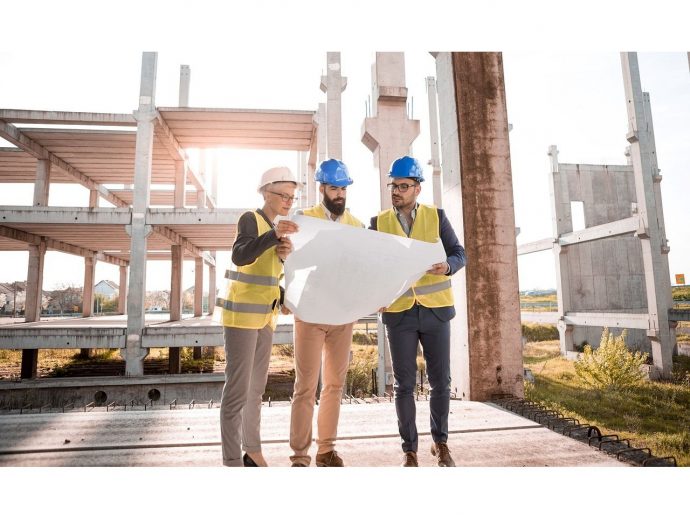Categories more
- Adventures (17)
- Arts / Collectables (15)
- Automotive (37)
- Aviation (11)
- Bath, Body, & Health (77)
- Children (6)
- Cigars / Spirits (32)
- Cuisine (16)
- Design/Architecture (22)
- Electronics (13)
- Entertainment (4)
- Event Planning (5)
- Fashion (46)
- Finance (9)
- Gifts / Misc (6)
- Home Decor (45)
- Jewelry (41)
- Pets (3)
- Philanthropy (1)
- Real Estate (16)
- Services (23)
- Sports / Golf (14)
- Vacation / Travel (60)
- Watches / Pens (15)
- Wines / Vines (24)
- Yachting / Boating (17)
Building a Culture of Safety: Height Safety Training and Awareness
Published
05/15/2024Building a culture of safety within any organization, especially those involving work at heights, is critical. Height safety training and awareness are pivotal in ensuring the well-being of employees and the overall operational efficiency of the company. This blog post explores the significance of height safety training, the implementation of safety measures, and the development of a proactive safety culture.
The Importance of Height Safety Training
Height safety training is not just a regulatory requirement; it is a fundamental aspect of occupational safety that protects lives and prevents injuries. Every year, falls from heights remain one of the leading causes of serious injuries and fatalities in workplaces around the world. Comprehensive training programs educate workers about the risks involved in working at heights and equip them with the necessary skills to manage these risks effectively.
Components of Effective Height Safety Training
Effective height safety training should cover a broad range of topics, including the proper use of personal protective equipment (PPE), understanding of fall arrest systems, risk assessment procedures, and emergency response strategies. Training must be practical and interactive to ensure that knowledge is not only received but retained. This involves:
- Hands-on demonstrations: Practical demonstrations of equipment and safety procedures help reinforce learning.
- Regular refresher courses: To keep safety practices current and top of mind.
- Site-specific training: Customized training that addresses the unique risks of a particular worksite.
Implementing Height Safety Measures
Implementation of height safety measures involves more than just providing the right tools and equipment. It requires a systematic approach that includes:
- Risk assessment: Identifying potential hazards before work begins and determining the necessary control measures.
- Choosing the right equipment: Ensuring that all safety equipment meets industry standards and is appropriate for the specific tasks.
- Regular equipment inspections: Frequent checks to ensure that all safety gear is in optimal condition.
Fostering a Proactive Safety Culture
A proactive safety culture is one where safety is ingrained in every aspect of workplace operations. Building this culture requires commitment from all levels of an organization, from top management down to every employee. Key strategies include:
- Leadership commitment: Leaders must demonstrate a genuine commitment to safety, which can influence the entire organization's attitude towards safety.
- Employee involvement: Engaging workers in safety discussions, decision-making processes, and training developments helps them feel valued and responsible for their safety and that of their colleagues.
- Recognition and rewards: Acknowledging and rewarding safe practices boosts morale and encourages continual adherence to safety protocols.
- Open communication: A transparent approach to communicating safety updates, incidents, and improvements helps build trust and encourages an open dialogue about safety concerns.
Challenges in Height Safety Training
While the benefits of height safety training are clear, there are challenges that organizations must address to ensure its effectiveness. These include:
- Complacency: Over time, workers may become complacent about safety procedures, especially if they have not directly experienced a fall incident. Combatting this requires ongoing education and awareness activities.
- Resource allocation: Sufficient resources must be allocated for training programs, safety equipment, and regular safety audits.
- Keeping training up-to-date: As technologies and standards evolve, so too must training programs to ensure they remain relevant and effective.
Conclusion
Building a culture of safety with a focus on height training and awareness is essential for protecting employees and maintaining a safe workplace. It requires a comprehensive approach that includes effective training, proper equipment, and a commitment to fostering a proactive safety culture. By addressing these areas diligently, organizations can significantly reduce the risks associated with working at heights and demonstrate their commitment to their most valuable asset—their employees.















